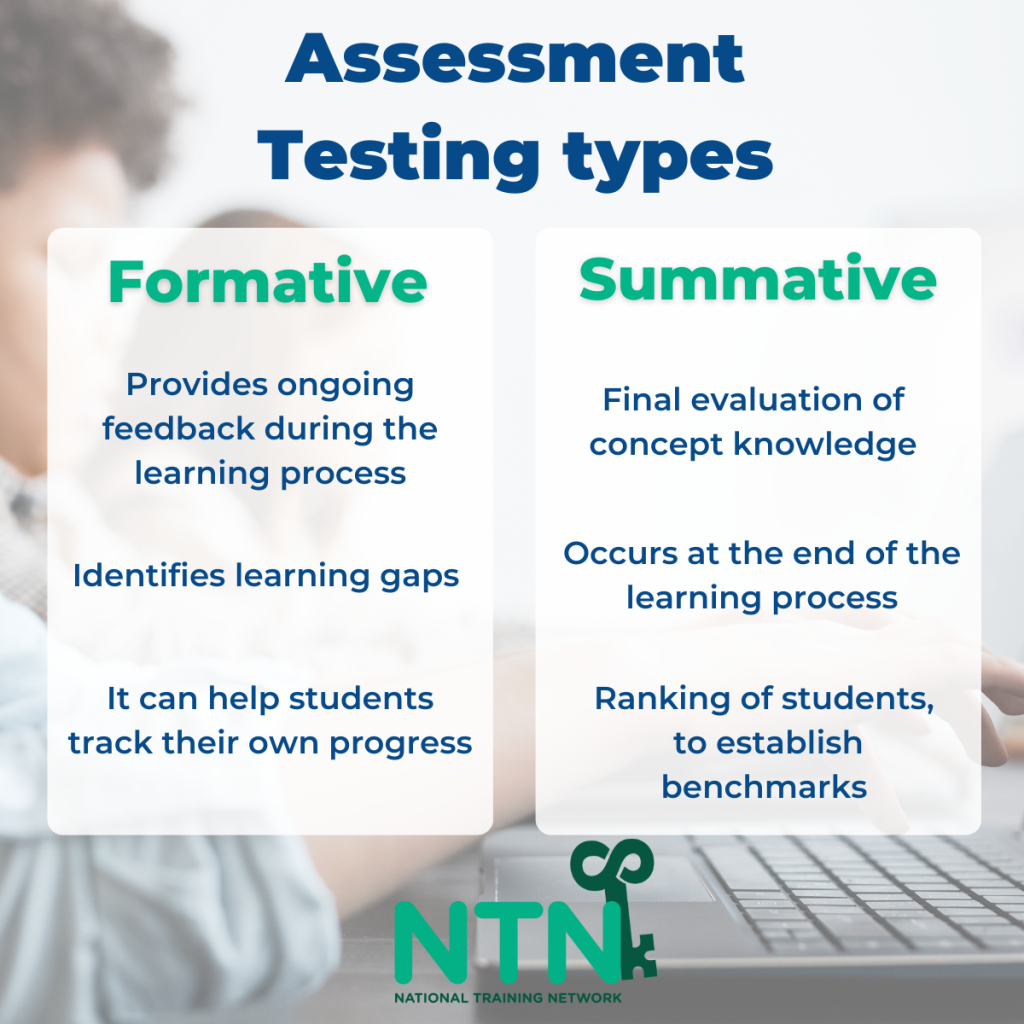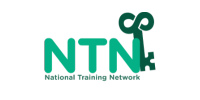Math teachers work tirelessly teaching mathematical concepts to students with varying needs and understandings. Assessment programs are a key component of many classrooms to identify learning progress. While there are plenty of assessment program options, not all are created equally. Additionally, many teachers have their hands tied when it comes to what assessment program their district/school uses. Read on to learn how applying a supplemental math assessment program can ensure teachers get the best, and most helpful data to drive mathematics instruction for ALL students in the classroom.
 Most math teachers have assessment programs already in place from their district or school. Often, these assessment programs are summative, and don’t provide teachers a chance to pivot instruction based on the student needs. This is because summative assessments provide a final evaluation of concept knowledge, once the learning period is already complete (ex. midterm). Summative assessments also rank the scores of individual students against other students, to establish benchmarks which can result in significant consequences for the student.
Most math teachers have assessment programs already in place from their district or school. Often, these assessment programs are summative, and don’t provide teachers a chance to pivot instruction based on the student needs. This is because summative assessments provide a final evaluation of concept knowledge, once the learning period is already complete (ex. midterm). Summative assessments also rank the scores of individual students against other students, to establish benchmarks which can result in significant consequences for the student.
While summative assessments are great for determining what information students have retained, supplementing with a formative assessment will equip teachers with a tool that can be used before or during learning to gauge what the students understand and what they need more time to learn. Teachers using formative assessment approaches and techniques are better prepared to meet diverse students’ needs – through differentiation and adaptation of teaching to raise levels of student achievement and to achieve a greater equity of student outcomes.
At NTN, we‘ve seen big success with pairing a formative math assessment in conjunction with summative assessments. We partnered with teachers to develop MathKEYmatics, a powerful formative assessment that gives math educators in grades 2-8 quick assessments, with easy-to-understand data and next steps. This unique software provides teachers with:
- Quick and easy, ongoing assessments created in a matter of minutes.
- Standard-aligned question bank
- Questions that highlight misconceptions, instant insight on student error patterns
- Student data in various reporting formats to help inform instructional decisions and for student portfolios
If you’re in the position of only using summative assessments, we’d recommend participating in a demo to see how you can get ongoing, specific student feedback that can be turned into student action.


